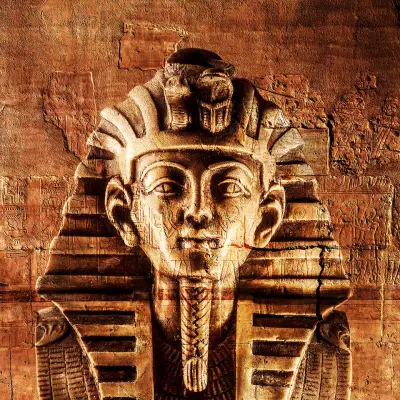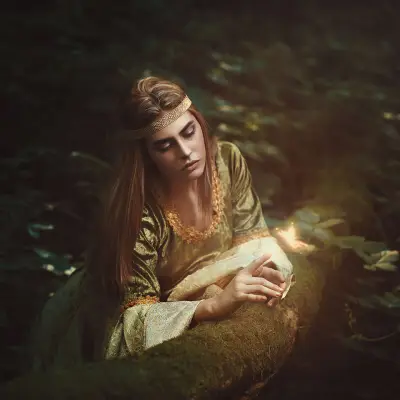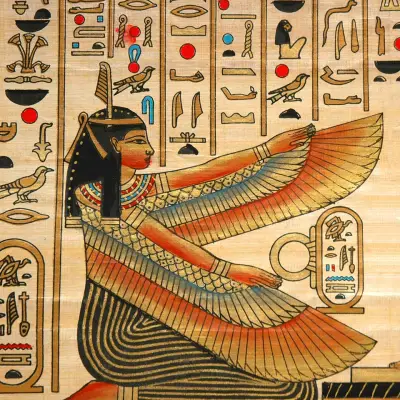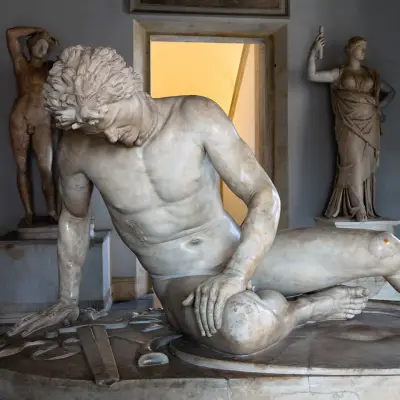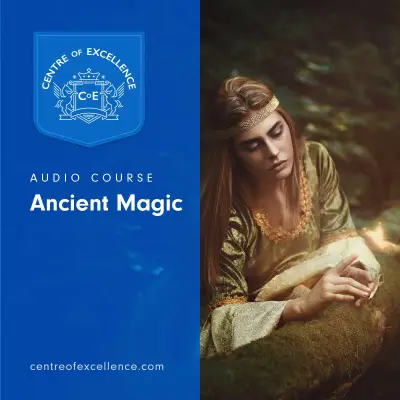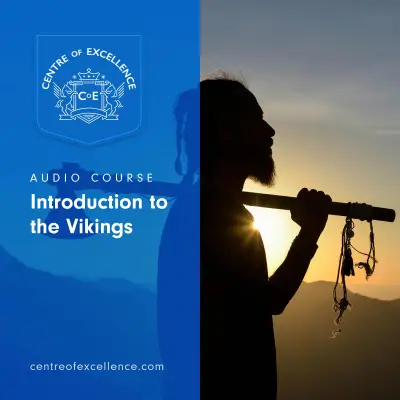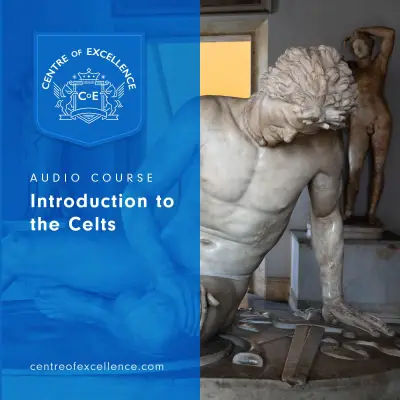Among the most fascinating figures in Japan’s mythological history are Izanagi and Izanami, the divine couple credited with shaping the islands of Japan and birthing some of its most important gods. Their story is filled with creation, tragedy, and transformation, offering rich insight into the ancient worldview of Shinto belief.
Let’s explore who Izanagi and Izanami were, the myths surrounding them, their powers, symbols, and legacy.
Jump to:
- Who Are Izanagi and Izanami in Japanese Mythology?
- Izanagi and Izanami’s Myths
- The Role of Izanagi and Izanami in Japanese Storytelling
- What Powers Did Izanagi and Izanami Possess?
- Symbols Associated with Izanagi and Izanami
- Izanagi and Izanami's Lineage and Connections
- Why are Izanagi and Izanami Special?
- Izanagi and Izanami in Modern Culture
- Izanagi and Izanami’s Worship and Legacy
- Frequently Asked Questions About Izanagi and Izanami
- Study Japanese Mythology for £29
Recommended for you!
Best SellersWho Are Izanagi and Izanami in Japanese Mythology?
In Japanese mythology, Izanagi and Izanami are primordial deities, meaning they existed at the very beginning of the world. They are central figures in the creation story of Japan and are often described as husband and wife, as well as siblings — a common motif in many ancient myths.
Izanagi (meaning “he who invites”) is the male deity, and Izanami (meaning “she who invites”) is the female. Together, they were tasked with bringing order to a shapeless, chaotic world. They are part of the Japanese gods and goddesses in mythology, considered among the most important in the Shinto tradition.
Izanagi and Izanami’s Myths

The main myth about Izanagi and Izanami comes from two ancient texts: the Kojiki (Record of Ancient Matters) and the Nihon Shoki (Chronicles of Japan). These texts detail Japan’s divine origin and the genealogies of its gods.
The Creation of Japan
In the Japanese origin story, the heavenly gods gave Izanagi and Izanami a sacred spear called the Ame-no-Nuboko. They stood on the Floating Bridge of Heaven and dipped the spear into the ocean below. When they pulled it out, droplets fell from the spear’s tip and formed the first island of Japan — Onogoro-shima.
The couple descended to the island and performed a ritual to create more land. However, their first attempt was flawed because Izanami spoke first, which was seen as a breach of cosmic etiquette. After repeating the ritual correctly, with Izanagi speaking first, they successfully created the eight main islands of Japan, as well as numerous deities.
Tragedy and the Descent to the Underworld
The myth takes a darker turn when Izanami gives birth to the fire god, Kagutsuchi, which fatally burns her. This leads to one of the most iconic moments in Japanese myth — Izanagi’s desperate journey to the underworld (Yomi) to retrieve her.
When Izanagi finds Izanami in Yomi, he is horrified. She has already eaten the food of the underworld and begun to decompose, her body crawling with maggots and foul spirits. This moment is key to understanding what killed Izanami and why she became the Japanese death goddess, also referred to as Izanami-no-Mikoto or Izanami-no-Okami.
Izanagi flees in fear, breaking their bond. Enraged and humiliated, Izanami vows to kill 1,000 people every day. In response, Izanagi declares he will bring 1,500 new lives into the world daily. This myth explains both death and birth in the human world and sets the stage for future Shinto beliefs.
The Role of Izanagi and Izanami in Japanese Storytelling
Izanagi and Izanami symbolise powerful ideas. Their story forms the backbone of Japan’s creation story, offering explanations for life, death, the cycle of nature, and the spiritual divide between this world and the afterlife.
They also reflect Shinto’s reverence for balance. Izanagi, associated with light and purification, contrasts Izanami, associated with darkness and death. This ties into broader themes of Yin and Yang, though Shinto itself isn’t directly based on that concept.
Their roles have shaped countless myths that followed, especially those involving their children — gods of the sea, wind, sun, and more. The most famous child is Amaterasu, the sun goddess, from whom Japan’s imperial family claims descent.
What Powers Did Izanagi and Izanami Possess?

As creator deities, Izanagi and Izanami had immense power over both the physical and spiritual realms.
Izanagi's Powers
This act highlights the power of Izanagi as a god who brings life even through cleansing, a concept still central to Shinto practices today.
Izanami's Powers
As a goddess of both creation and death, Izanami embodies the duality of life and decay. While she began as a life-giving mother, her transformation into the Japanese death goddess grants her dominion over the afterlife. This shift shows the power of Izanami to command spirits and shape the fate of souls.
Her story also touches on taboo and danger, which is why some legends describe Izanami as forbidden, or even dangerous to approach. Her anger at Izanagi marks her as both a tragic and fearsome figure.
Symbols Associated with Izanagi and Izanami
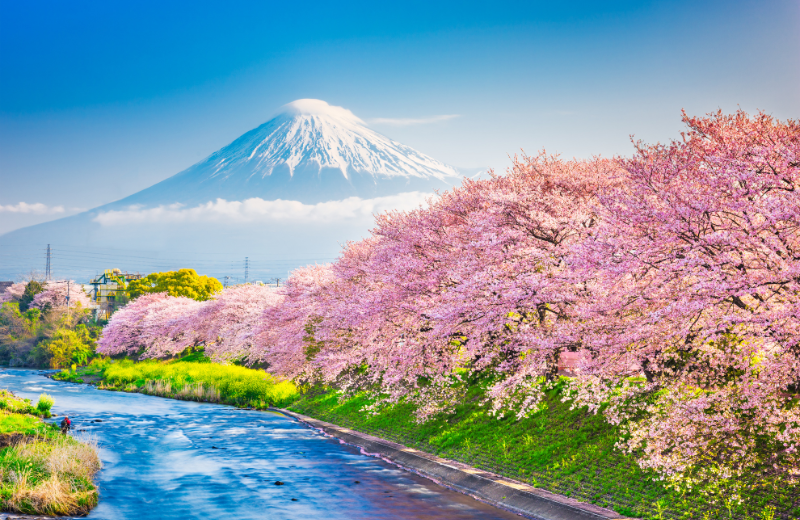
In Japanese culture, Izanagi and Izanami are linked to powerful natural symbols:
- The spear: Represents creation and divine authority.
- Onogoro-shima: The sacred island where they first descended.
- Water: Especially rivers, symbolise cleansing and renewal due to Izanagi’s purification.
- Fire: Tied to Izanami’s death, representing both life and destruction.
Izanami’s association with the underworld often includes symbols of decay, darkness, and spirits, fitting her title as the goddess of death.
Izanagi and Izanami's Lineage and Connections
The mythological children of Izanagi and Izanami play key roles in Japanese cosmology. Together, they created many kami (gods or spirits), including:
- Amaterasu – Sun goddess
- Tsukuyomi – Moon god
- Susanoo – Storm god
- Other deities of seas, mountains, trees, and nature
Their divine family tree connects nearly every major deity in Japanese folklore, showing just how foundational they are. They had dozens of children, each with their own domain and legends.
Why are Izanagi and Izanami Special?

Izanagi and Izanami are unique because their story is both cosmic and deeply human. They create worlds and gods, yet their relationship also explores grief, regret, and separation. Their myth reflects:
- The Shinto view of nature as sacred and alive
- The importance of balance between life and death
- The origins of purification rituals
- The spiritual map of the world — heaven, earth, and underworld
This makes them much more than just characters in a myth. They embody ideas that still shape Japanese culture and religion.
Izanagi and Izanami in Modern Culture
In today’s world, Izanagi and Izanami appear in video games, anime, and literature. You may have come across Persona Izanagi in the Persona game series, or references to Izanami in Naruto and Bleach.
These modern depictions often blend traditional mythology with fantasy elements, sparking renewed interest in these ancient figures.
Izanagi and Izanami’s Worship and Legacy
Although direct worship of Izanagi and Izanami is rare today, their influence lives on in Shinto shrines and rituals. Shrines like Awajishima Shrine and Izanagi Shrine are dedicated to them, and their myth inspires purification rituals still practised across Japan. Their story also continues to influence how people understand death, rebirth, and divine order.
Recommended for you!
Best SellersFrequently Asked Questions About Izanagi and Izanami
Is Izanami evil or good?
Izanami is neither fully evil nor fully good. She represents the power and mystery of death, and her anger reflects betrayal and sorrow rather than malice. Like many deities in ancient myths, she embodies complex emotions and roles that defy simple moral labels.
What did Izanami say to Izanagi?
In the underworld, she warns him not to look at her. When he does, she becomes enraged, declaring she will kill 1,000 people each day. This moment marks the beginning of her transformation into a goddess of death and sets the tone for their eternal separation.
What is the difference between Izanagi and Izanami?
Izanagi is linked to life, purification, and light. Izanami is linked to death, the underworld, and transformation. Together, they represent opposing but interconnected forces essential to the balance of nature.
Are Izanami and Izanagi married?
Izanami and Izanagi are married in the myth, and together they shape both land and deities. Their divine union is considered one of the most sacred partnerships in Shinto mythology.
Who is more powerful, Izanagi or Izanami?
Power is shared differently: Izanagi creates and purifies; Izanami governs death and transformation. They are opposites, not competitors. Each wields influence over essential aspects of existence, making them equally significant in mythological terms.
Study Japanese Mythology for £29
Interested in exploring more about ancient Japanese beliefs, traditions, and divine figures like Izanami and Izanagi? The Introduction to Japanese History and Culture Diploma Course from Centre of Excellence is the perfect place to start. For a discounted price of £29, you'll learn about he spiritual stories, practices, and philosophies that shaped Japan’s past and continue to influence it today.
